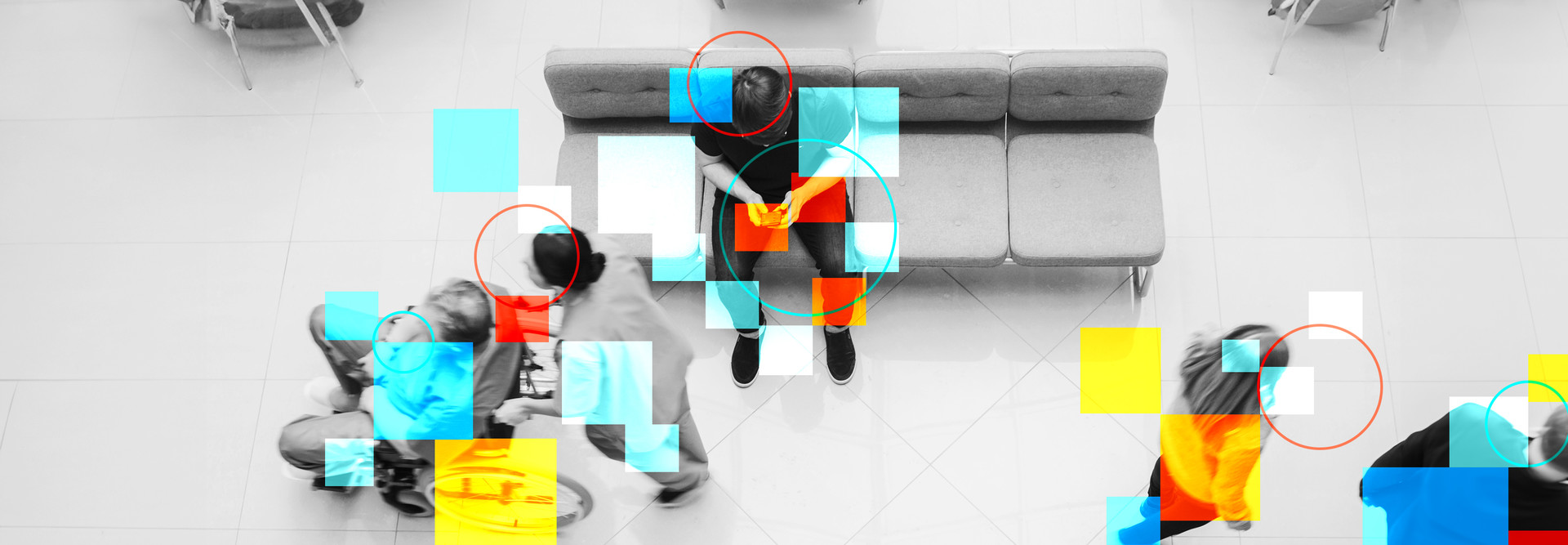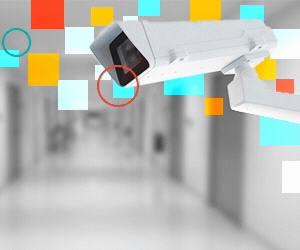“I think the general theme is to keep patients, staff and everybody involved safe,” Security Director Darren Viner told HealthTech. “The analytical part is to be able to identify patterns and respond to those patterns in a way that's useful. We're searching for what sort of software would be best suited for the surveillance systems we currently have in place.”
As healthcare organizations consider a more holistic approach to care delivery, they should also reimagine an approach to physical security that’s more centralized, integrated and well coordinated.
READ MORE: Why do physical security and cybersecurity work so well together?
Why Should Health Systems Consider a Centralized Command Center?
A healthcare organization with multiple facilities or a sprawling campus may have disparate security teams and localized data feeds for cameras. A unified system would offer a better overview and improve coordination and response to incidents. This is especially an issue for ambulatory locations that may not have 24/7 coverage.
With a centralized command center, healthcare organizations have better control and visibility and can improve cross-communication between campuses and buildings. A central team is also better positioned to connect with local authorities and emergency services as needed.
Such a centralized approach is especially useful for care coordination across an organization, especially as programs such as virtual nursing, virtual sitting and at-home acute care come into play. A clinical command center with real-time security capabilities would unify information and physical security efforts in one location.
Centralized command centers also help organizations better leverage their vast stores of data, supplementing overworked teams and improving alerts and detection. All layers of security can benefit from a centralized approach with improved response time, better overall safety and consolidated decision-making.
The growth of artificial intelligence–powered tools in healthcare works as both a threat to security and an opportunity to improve defenses and cover skill gaps. A central team can leverage AI to monitor data for tracking users and access that falls outside of an organization’s governance or baseline expectations.














